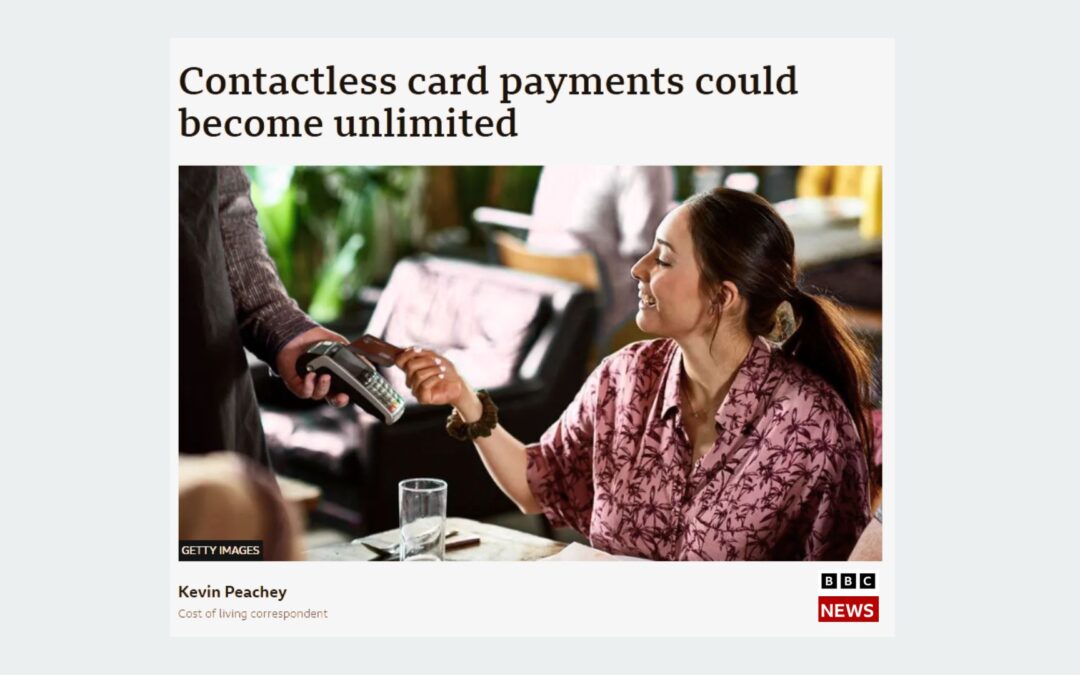You may have read reports across the financial and mainstream media on the FCA’s proposal to remove the current £100 cap on contactless payments. It certainly sparked debate in the acceptcards office, and we imagine it will do the same across the retail and payments sectors.
If approved, banks and card issuers would be free to set their own transaction limits or potentially none at all, effectively bringing contactless cards in line with digital wallets such as Apple Pay or Google Pay, which already allow unlimited spending.
This is the latest stage in the evolution from when contactless payments were introduced. We’ve all seen the limits increase gradually, but the pandemic accelerated change. The ceiling jumped to from £45 to its current £100 in 2021 as consumers demanded safer, quicker ways to pay.
The Upside
- Speed and Convenience: Bigger shops, family meals and even higher-value purchases could be made with a tap, reducing queues and smoothing checkout.
- Consistency with Digital Wallets: Smartphones already let you spend without limits, so aligning card payments may feel like a natural step.
- Meeting Expectations: Consumers increasingly expect transactions to be seamless. Just as we stream, order, and book in seconds, invisible payments are fast becoming the norm.
The Downside
- Fraud Risk: Higher limits increase potential loss if a card is lost or stolen. Protections exist, but the hassle and worry for consumers can’t be ignored.
- Loss of Guardrails: For some, the £100 cap is a useful brake. Unlimited tap & go could encourage overspending or make purchases feel less tangible.
- Different Rules Across Banks: A patchwork of limits (£250 here, £500 there) risks confusion for customers and complications.
Striking the Balance
Payments are becoming less visible and that trend isn’t going away. But convenience shouldn’t come at the expense of clarity or consumer trust. For customers already under financial pressure, control and security are just as valuable as speed.
A sensible compromise could be flexible, consumer driven limits: banks may offer a high threshold but give individuals simple tools to set their own limits. That way people can be empowered to balance convenience with peace of mind.
Contactless is no longer a novelty, it’s a mainstay. The challenge is making sure that in removing barriers, we don’t also remove the guardrails that protect both the consumer and the retailer.


